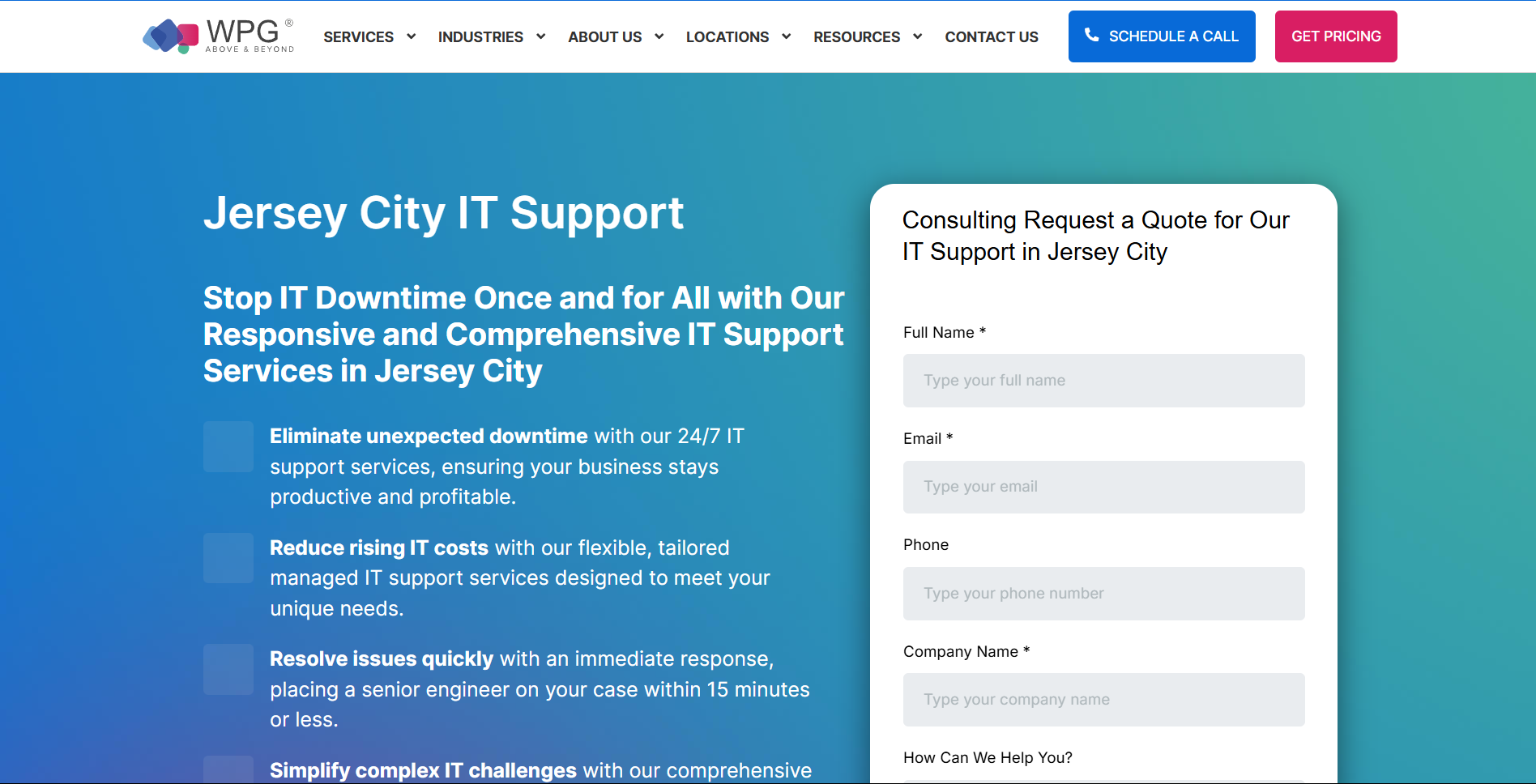Enhancing Business Continuity Through Reliable IT Support and Connectivity Solutions
Keeping a business operational efficiently is no easy task. Unexpected IT issues, slow internet, or system failures can bring everything to a complete stop. These interruptions waste time and money while causing frustration for your team and customers. Did you know that 93% of businesses without disaster recovery plans close down after significant data losses? Dependable IT support and strong connectivity are the foundation of any operation. This blog will provide straightforward ways to minimize risks, protect vital data, and keep your systems prepared for any situation.
Keep reading to protect your business from expensive downtime!
The Role of IT Support in Business Continuity
Reliable IT support ensures businesses operate efficiently during unforeseen challenges. It helps address issues before they escalate into expensive disruptions.
Minimizing Downtime and Disruptions
IT teams address problems promptly to prevent them from escalating and causing downtime. Quick response times and thorough monitoring prevent interruptions from affecting operations. Organizations set up backup systems and duplicate networks to manage unforeseen failures. “Planning reduces future challenges.” Routine maintenance keeps the IT infrastructure reliable, supporting business continuity during demanding situations.
Proactive Problem Identification and Resolution
Identifying issues early saves businesses from bigger disasters. Regular system checks spot vulnerabilities before they escalate. Small glitches, if ignored, can lead to downtime or data breaches. Managed services rely on monitoring tools to track performance and detect anomalies promptly. Companies that rely on WPG for tech support benefit from early issue detection and fast resolution, helping them avoid escalated problems and maintain operational flow. Addressing risks at their roots helps maintain operational continuity.
Resolving concerns quickly prevents disruptions in daily operations. Automated alerts notify the right teams about critical failures or slowdowns immediately. For example, a network lag flagged during busy hours can be fixed before affecting customers’ experience. Effective issue resolution reduces financial losses and builds trust with clients. Reliable connectivity solutions play a major role in smooth operations ahead.
Connectivity Solutions for Seamless Operations
Strong connectivity keeps business operations running smoothly without interruptions. Dependable solutions prevent disorder during crucial times.
High-Speed Internet and Redundancy
Reliable internet ensures operations run efficiently. Fast connections minimize delays, support cloud services, and enhance communication. Businesses depend on speed to meet deadlines, handle customer requests, and sustain productivity.
Redundant systems provide a safety net during disruptions. Businesses aiming to enhance redundancy and performance can optimize connectivity with Vaultas, leveraging tailored solutions to maintain uptime and reduce service interruptions. Backup networks maintain connections when primary links fail. “A network outage shouldn’t bring everything to a complete stop,” says IT expert Mark Rivers.
Cloud-Based Collaboration Tools
Cloud-based collaboration tools enable teams to work together from any location. These platforms offer features like real-time file sharing, video conferencing, and project tracking. They reduce the need for physical meetings and improve communication speed. Businesses benefit from storing data securely in cloud systems while maintaining access during disruptions. Tools like Microsoft Teams or Slack allow smooth connectivity across devices, enhancing productivity during crises.
Key Technologies Enhancing IT Support
Technology keeps businesses moving forward. Advanced tools simplify IT management and strengthen overall resilience.
Automated Monitoring and Alert Systems
Automated monitoring ensures IT systems operate efficiently by detecting issues early, preventing them from escalating into major problems. These tools continuously monitor network performance, server health, and data integrity.
Notifications inform teams of irregular activities such as connection disruptions or hardware malfunctions, enabling prompt responses to prevent expensive downtime. Intelligent notifications lessen the need for manual supervision and assist businesses in effectively addressing infrastructure issues. This method enhances risk management and maintains operational stability during crucial periods.
Failover and Disaster Recovery Solutions
Automated systems are not without flaws, making failover and disaster recovery essential for businesses. Failover solutions ensure IT systems remain operational by switching to backup resources during outages. These backups minimize downtime while maintaining essential operations.
Disaster recovery plans secure data and restore functionality after unforeseen events like cyberattacks or natural disasters. Businesses can adopt cloud-based storage to protect crucial files, enhancing redundancy without complicated infrastructure changes.
Best Practices for Strengthening IT Resilience
Regularly test your IT systems to prepare for unforeseen challenges. Ensure teams are equipped with the appropriate tools and training for emergencies.
Regular Testing and Updates
Testing IT systems prevents unexpected interruptions. Regular updates safeguard infrastructure from threats and vulnerabilities. Businesses that overlook these tasks face risks such as downtime, data loss, or security breaches. Testing backup systems identifies weak points before problems occur. Planning routine checks strengthens confidence in disaster recovery strategies.
Software patches fix gaps that hackers target. Outdated programs expose businesses to cyberattacks and compliance issues. Keeping tools updated ensures performance remains reliable under demanding conditions or technical challenges. These simple measures build resilience while effectively supporting business continuity objectives.
Training Teams for Crisis Management
Equip teams with the knowledge to act swiftly during IT disruptions. Conduct drills that imitate real crisis scenarios, such as server crashes or data breaches. This builds confidence and reduces panic when facing genuine challenges. Teach employees about risk management techniques, like quick data backup methods or identifying early warning signs of failure. Clear communication protocols ensure everyone knows their role in restoring operations without delays. Transitioning to proper tools and connectivity can further support efficient workflows under pressure.
Conclusion
Strong IT support and dependable connectivity keep businesses steady during challenges. They minimize risks, safeguard data, and ensure uninterrupted operations. With thoughtful planning and the appropriate tools, companies can tackle disruptions directly. Don’t let preventable setbacks hinder your success. Invest in systems that keep your business strong every step of the way.

Leave a Reply